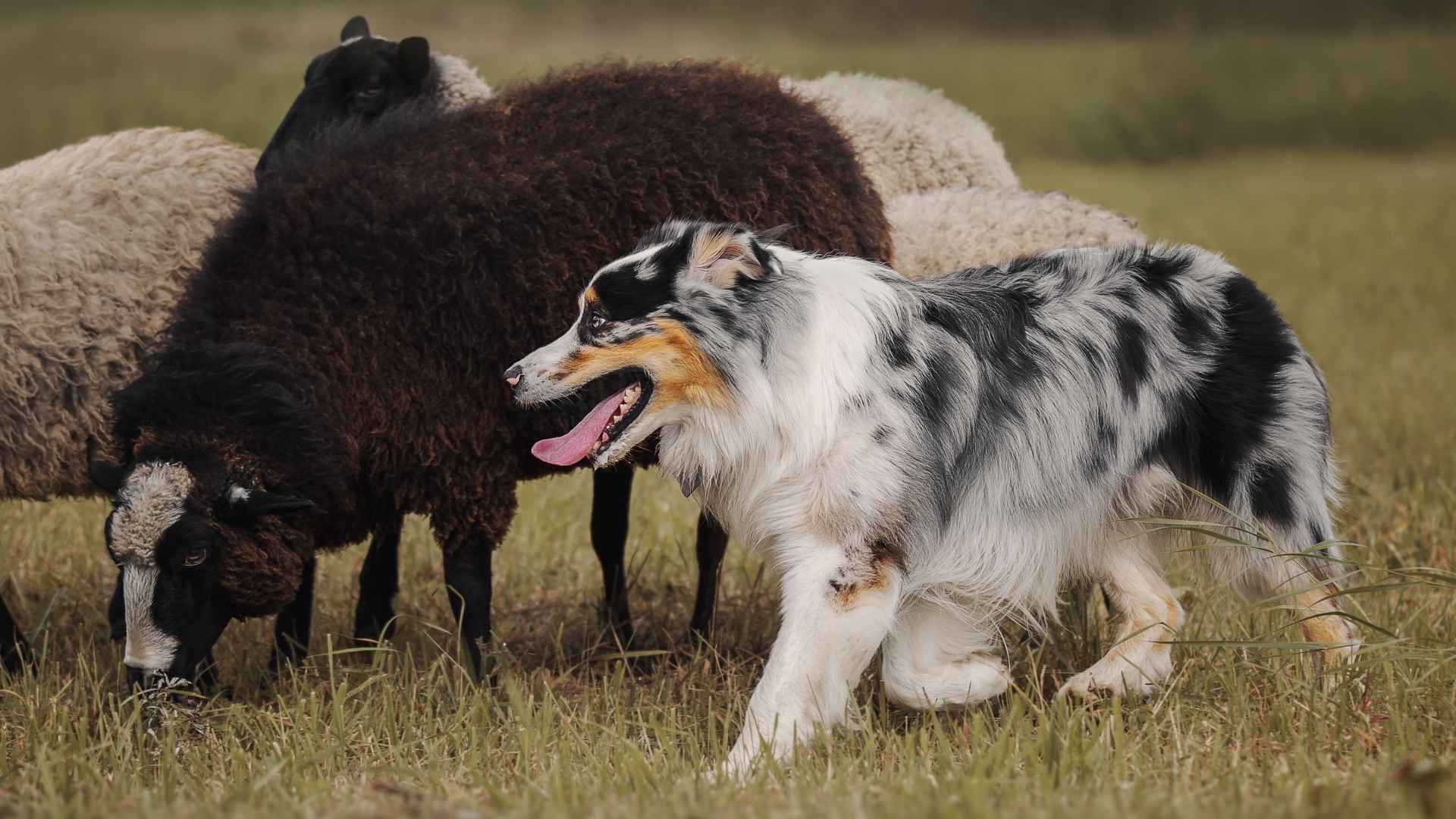What makes a good herding dog? Is it speed? Intelligence? Obedience? Or is it something deeper—something instinctive that can’t be trained?
Across farms and fields, some dogs seem born to work with sheep. They don’t just follow commands. They anticipate them. They move in sync with their flock, keeping order without raising their voice—or their bark.
It’s not about dominance. It’s about trust. Some dogs simply have the right balance of drive and control. The kind that understands when to push and when to hold back. Not every breed is made for this job, but the ones that are? They make it look effortless.
In this article, you’ll meet the dogs bred to herd. The ones that work sunup to sundown, never skipping a beat.
Dog Breeds That Excel At Herding Sheep
1. Pembroke Welsh Corgi
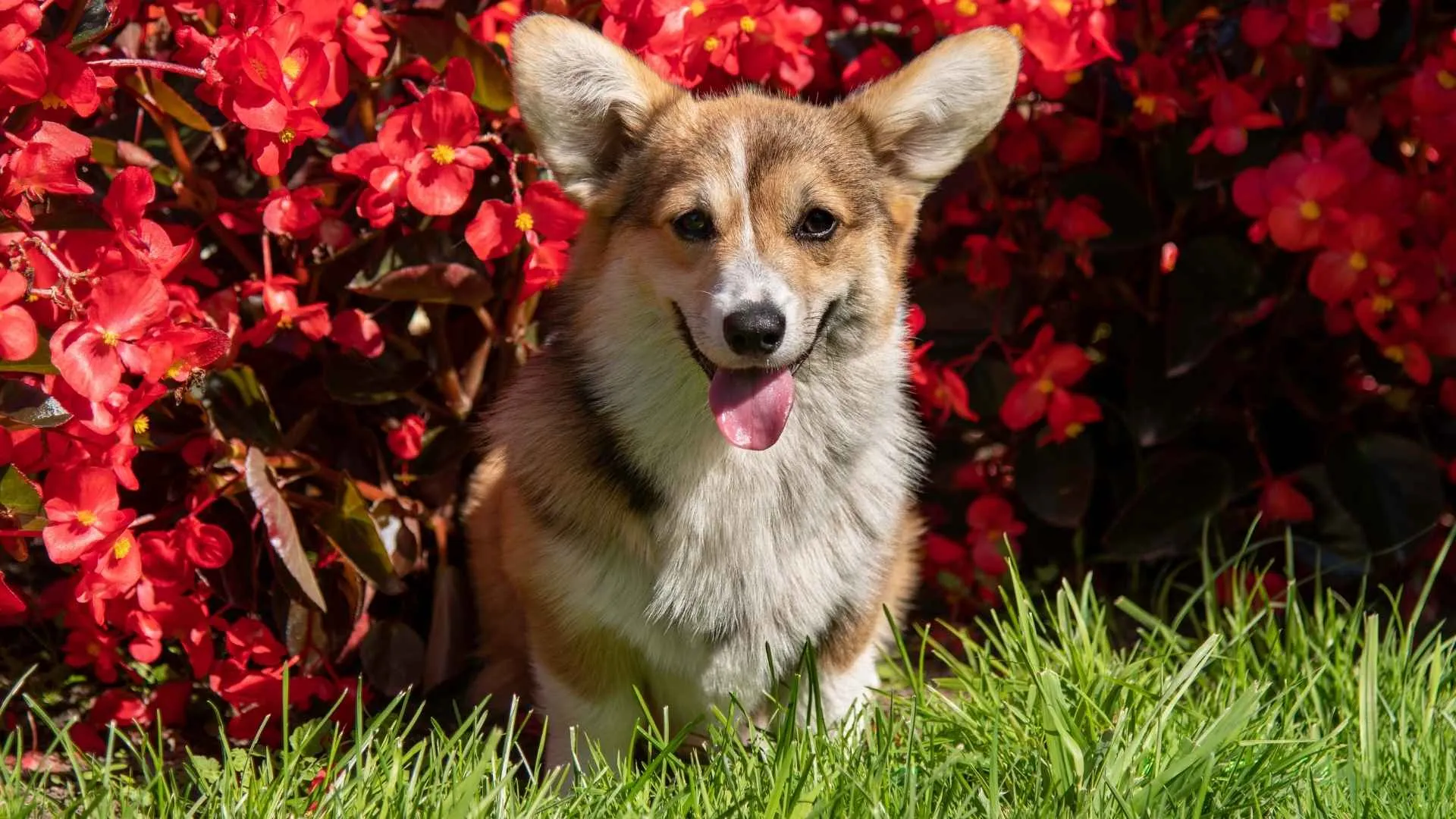
Their short legs and long bodies give them an advantage when working closely with livestock. They can dart, pivot, and nip at the heels without getting kicked. Farmers value this shape for keeping control without breaking pace or rhythm.
Voice and Movement in Sync
Corgis use sharp, well-timed barks alongside fast footwork to manage sheep. Their movement is calculated, pushing and guiding without excessive force. Even with minimal commands, they respond quickly to changes in flock behavior.
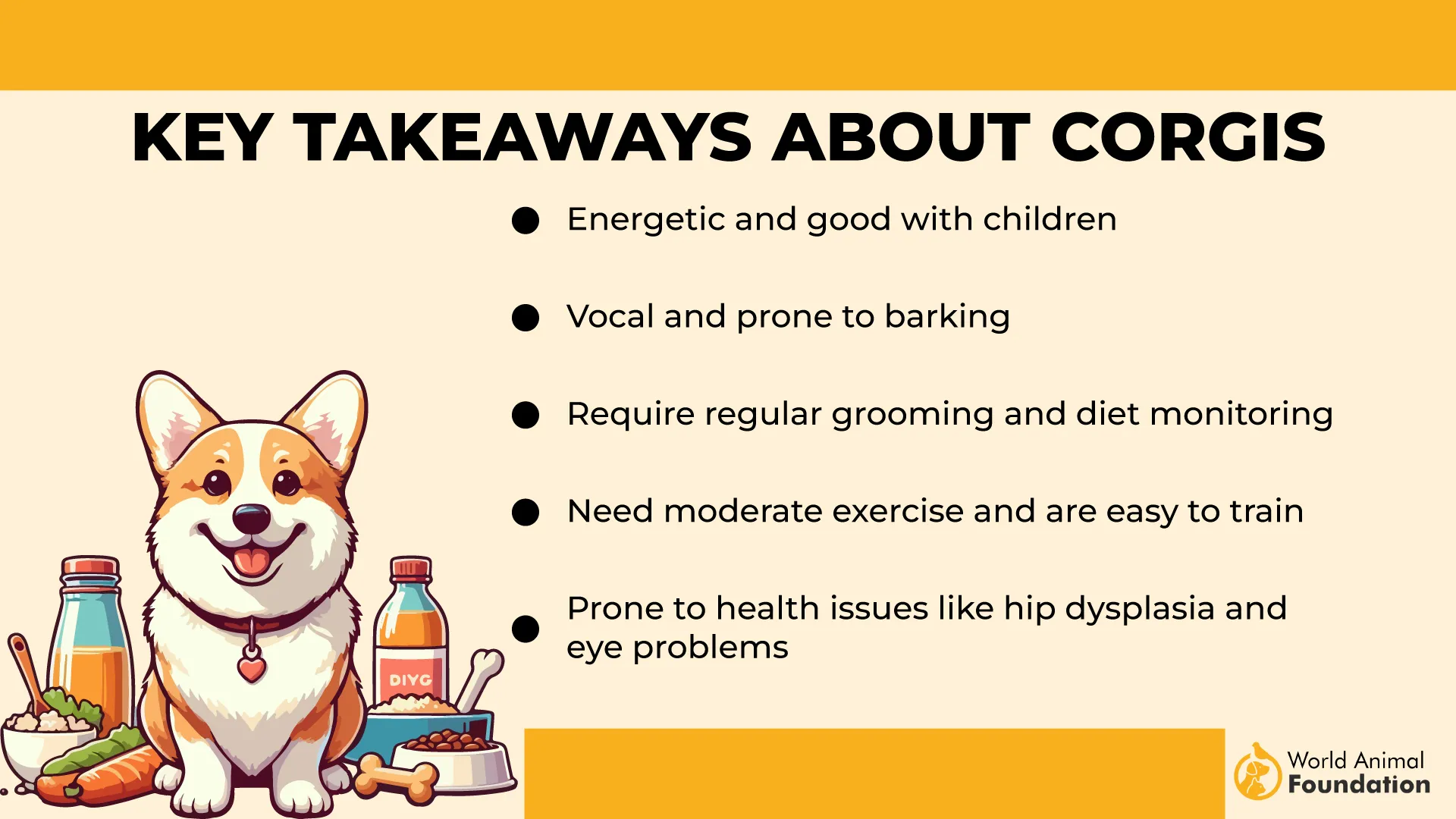
Herding Is in Their Blood
The Pembroke is a classic herding dog breed developed to manage livestock in Wales, as mentioned in the AKC. Their ability to organize and control movement is rooted in generations of working dogs. These traits often appear even in non-farm environments as strong herding instincts.
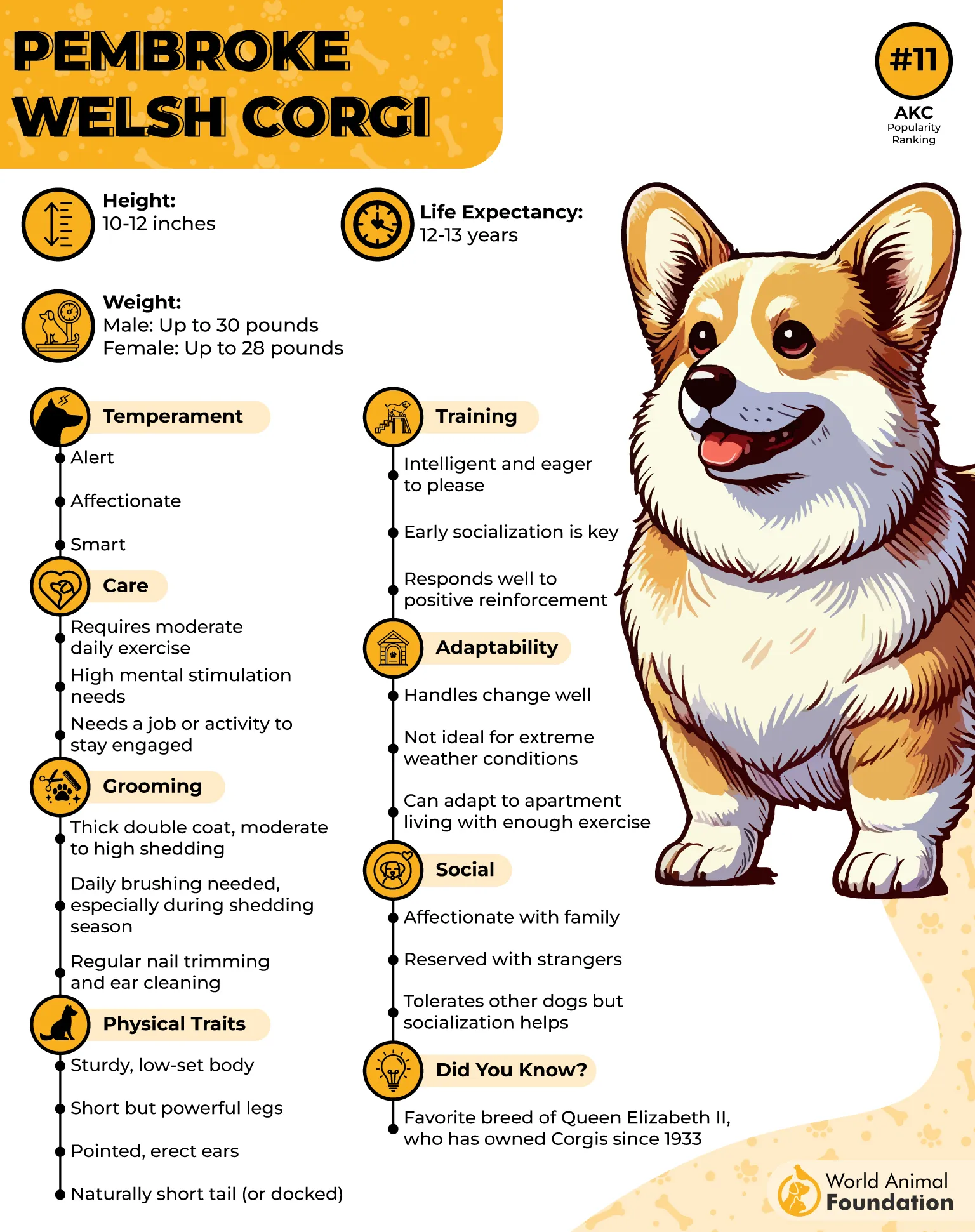
Athletic Drive in Modern Roles
They stay mentally sharp and physically active through dog sports like herding trials and agility. Their structure and alertness help them compete with ease across categories. Their top placements in competitions reflect both focus and inherited skill.
2. Border Collie
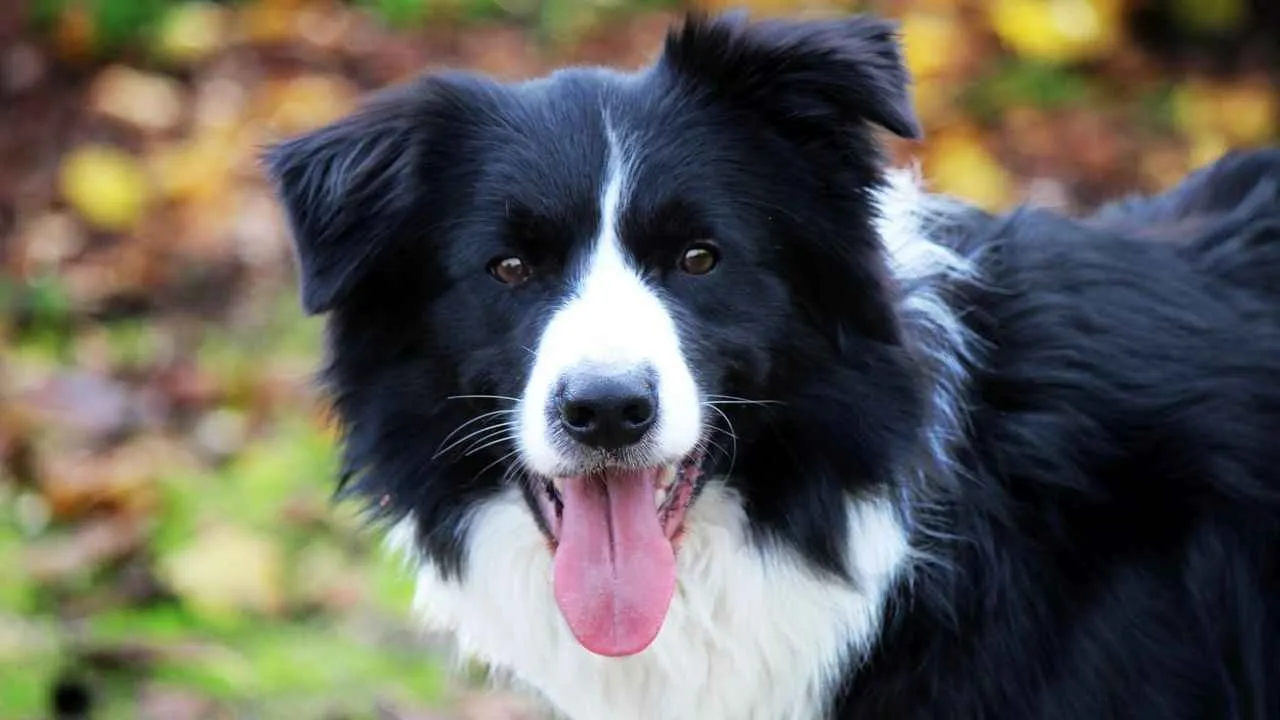
They use an intense, fixed gaze known as “the eye” to move livestock without barking. This herding style requires precise body control and silent pressure. It allows them to influence flock direction from a distance with minimal movement.
Fast Reflexes and Long Work Drive
Border Collies are capable of quick directional shifts and bursts of speed when driving sheep. Their bodies are lean and efficient, built for extended physical effort across fields. Many continue working well into their senior years due to strong endurance.
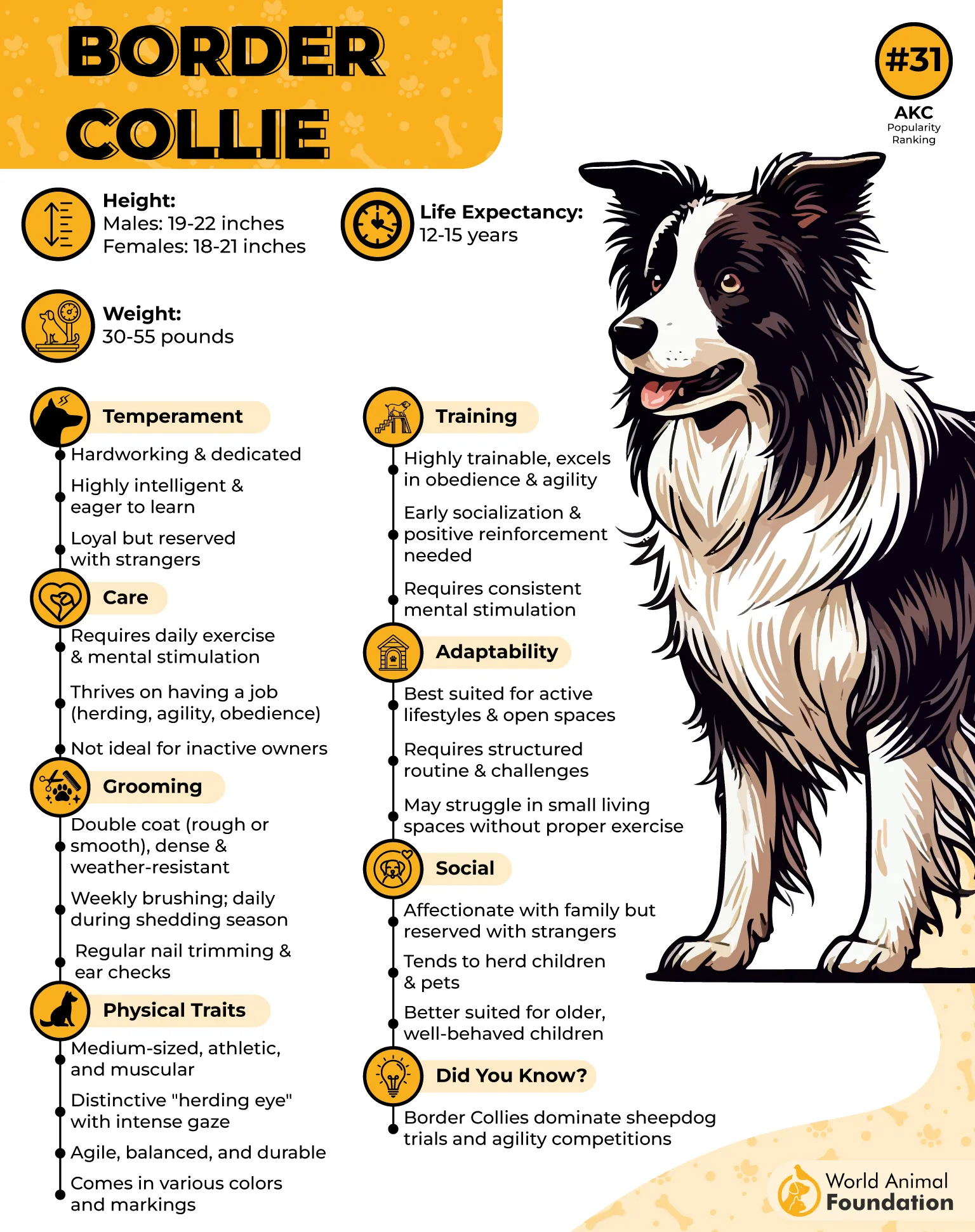
Strong Instincts, Sharpened by Training
Their behavior is shaped by instinct but fine-tuned through focused routines and obedience training. They respond immediately to commands, including subtle hand or whistle cues. The combination of natural ability and training allows for precise control over large flocks.
Needs Beyond the Farm
Border Collies require more mental stimulation than most other breeds, even in non-working homes, as stated in PetMD. Without structured activities, they may develop restlessness or repetitive behaviors. They often excel in tasks that challenge both memory and movement.
3. German Shepherd
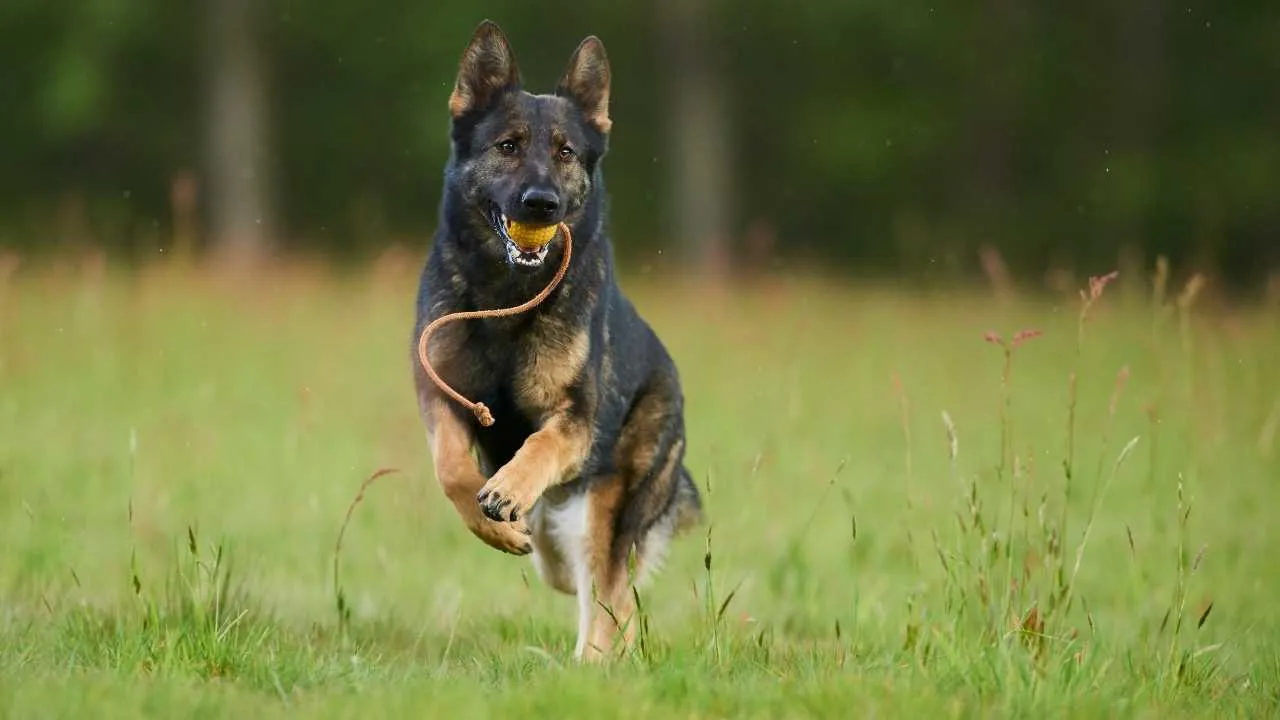
This breed has a muscular build with long limbs that support extended movement over pastures. Their gait is fluid and capable of maintaining a steady speed during long work sessions. This helps them cover open fields efficiently while monitoring herd patterns.
Sharp Mind, Quick Response
German Shepherds observe flock behavior and adapt without waiting for repeated cues. Their ability to shift direction or block movement comes from strong working memory. Even in large herds, they stay focused on subtle movement changes.
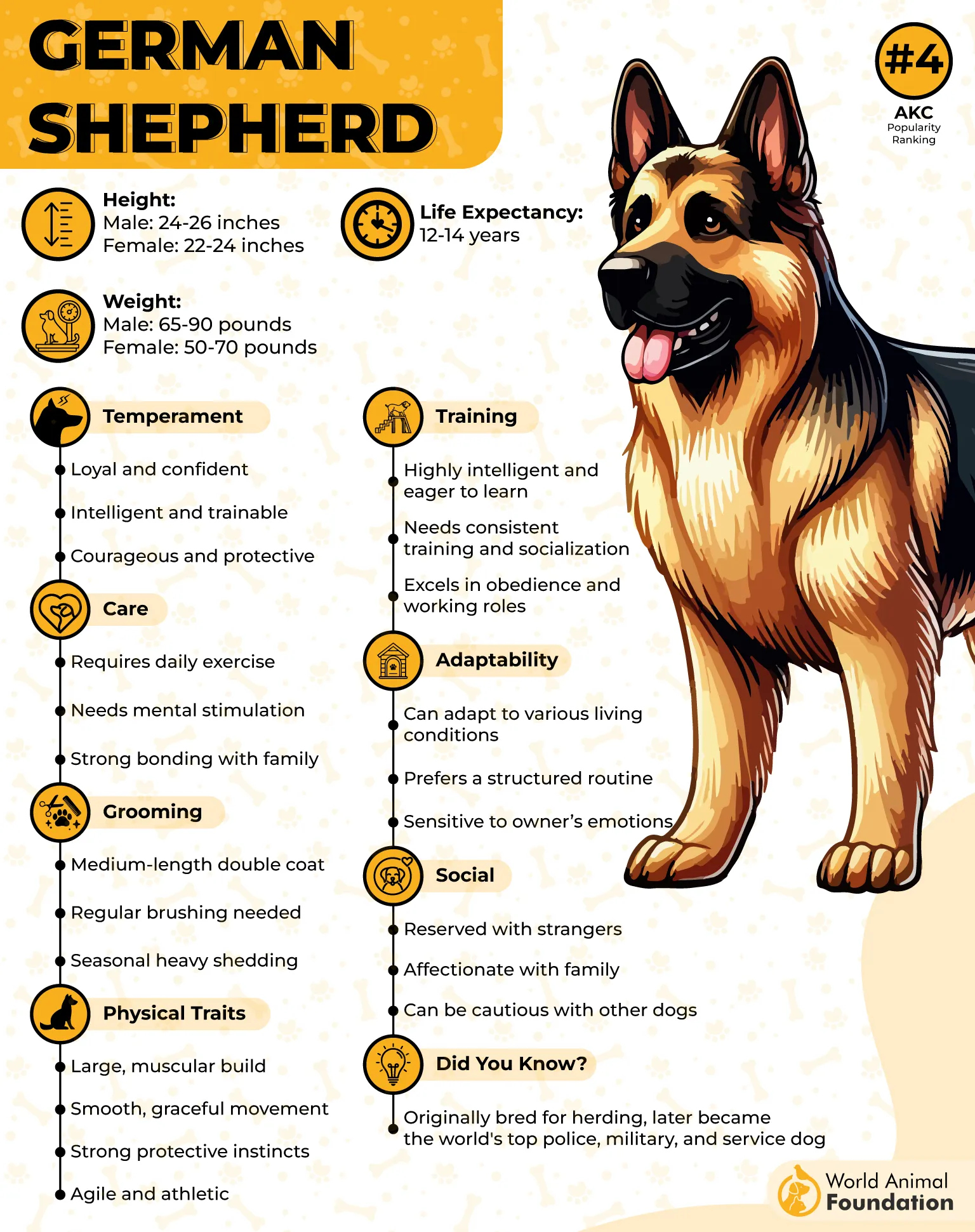
Historic Purpose in the Field
They were originally bred in Germany for sheep herding, particularly in hilly terrain and open country. Their early breeders valued obedience, confidence, and physical resilience. Those traits remain visible in dogs that participate in formal herding trials today.
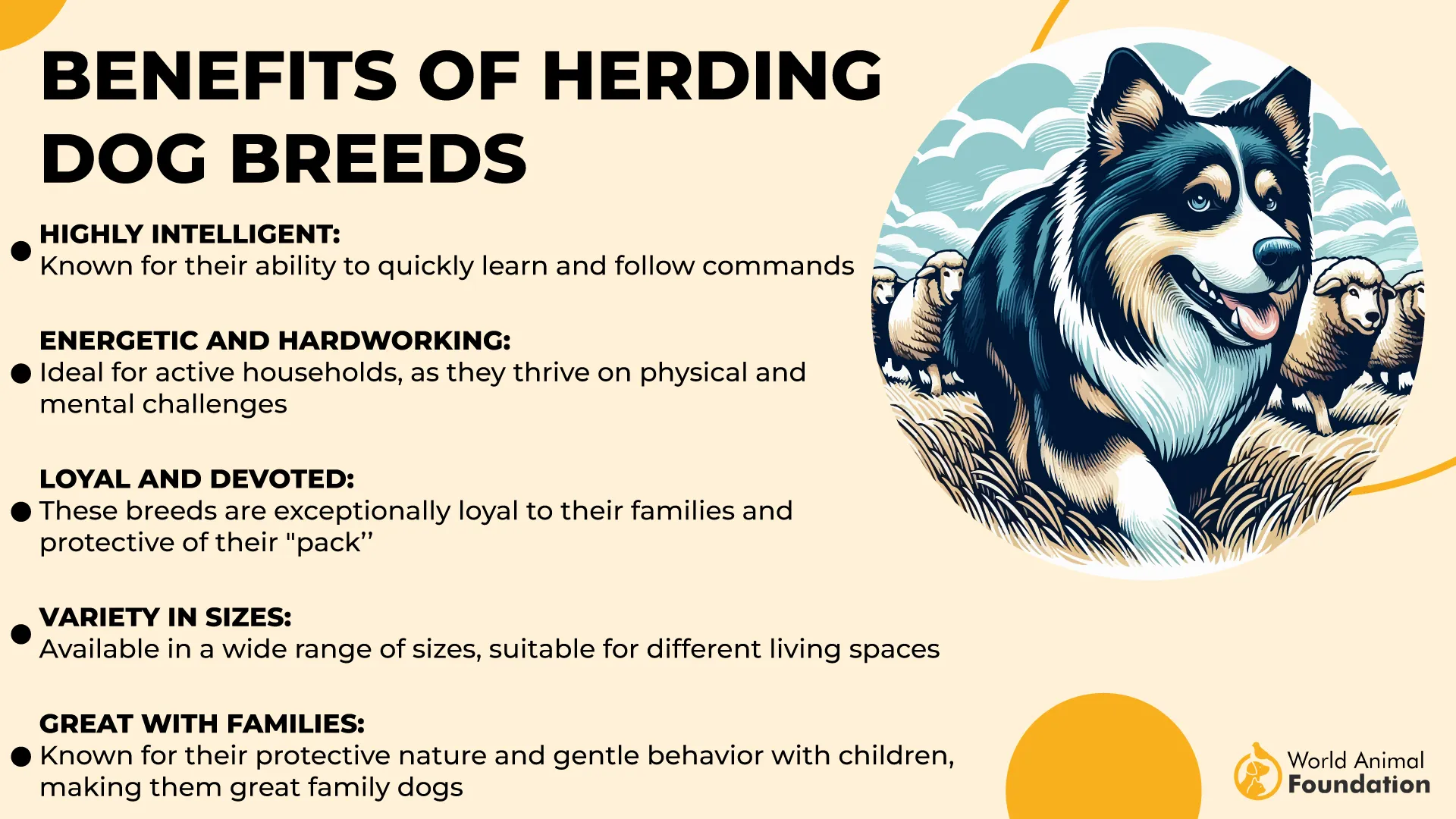
Built-in Guardian Role
They are commonly used to protect livestock from predators due to their alertness and drive. Their bark, stance, and presence help keep threats away before contact happens. In rural areas, they often work with minimal human direction.
4. Australian Shepherd
Australian Shepherds are bred to work wide-open spaces with intense focus and stamina. They maintain large movement arcs to manage fast-moving sheep across uneven terrain. Their gait remains balanced even during quick turns and long sprints.
Eyes That Watch Everything
They’re known for using eye contact to direct livestock movement without physical contact. This technique is effective in open herding and tight corners alike. Their visual awareness is so strong that they anticipate motion before it happens.
Smart Minds with Strong Drive
Aussies respond best when given jobs that challenge both mind and body every day, as PetMD highlighted. Without tasks, they often create their own forms of stimulation, which can lead to mischief. Structured activity combined with proper training keeps them mentally steady.
Suited for High-Energy Owners
They naturally fit homes where an active lifestyle is the norm rather than the exception. Hiking, agility trials, and frisbee are ideal outlets for their energy. They bond closely with human companions, especially when routines include purposeful work.
5. Icelandic Sheepdog
The Icelandic Sheepdog has a curled tail, upright ears, and a balanced frame built for rough terrain. Their posture stays alert while covering wide areas without hesitation. This structural agility supports quick direction shifts and close control of livestock.
Light-Footed and Focused
They move with a springy step that helps them adjust smoothly across hills or uneven surfaces. Flocks respond well to their fluid pacing and natural steering behavior. Sudden changes in direction or group movement rarely throw them off rhythm.
Early Development of Work Drive
They begin showing working tendencies from a young age, especially when raised around animals or open spaces. Reactions become sharper with repetition, improving timing and control. Their body language often mirrors shifts in herd movement without spoken cues.
Blend of Work and Home Behavior
Their active mind carries into home life, where they seek daily interaction or structure. Like many dogs bred for labor, they stay alert and happiest when involved in routines. Their social nature makes them great companions in settings that offer both exercise and engagement.
6. Shetland Sheepdog
The Sheltie was developed in the Shetland Islands to herd livestock across rocky, uneven land. Their light frame and quick reflexes allow precise turns while maintaining speed. This agility gives them the edge when separating or regrouping scattered sheep.
Natural Understanding of Flock Movement
They’re known for intelligent pattern recognition and quick learning in field settings. Even young Shelties show sensitivity to flock direction and pressure points. Their ability to anticipate movement keeps herds steady without overdriving.
Focused Temperament with Herding Drive
The Sheltie works with alert eyes, upright ears, and steady pacing to guide without stress. Their soft vocal tone, used rhythmically, is often enough to signal redirection. These qualities have made them valuable on both small farms and in trials.
Adapts Well to Home and Work
Beyond herding, they thrive in family life and are known to form strong bonds with their people. Their observant nature helps them adjust to routines, noise, and even young children. Many households appreciate their balance of attentiveness and calm presence as loyal companions.
7. Australian Cattle Dog
The Australian Cattle Dog has a compact, strong frame built for covering ground over long hours. Their speed, stamina, and grip make them well-suited for tough terrain. They use shoulder nudges, eye contact, and nipping to control larger or resistant sheep.
Precision Makes the Breed Stand Out
They were developed by crossing drover dogs with wild dingos to survive Australia’s harsh environments. This gave them endurance, a quick problem-solving ability, and high alertness. These instincts remain sharp in modern work, often without requiring extra guidance.
Energy That Needs Direction
Their intelligence demands both physical and mental activity to avoid frustration or misbehavior. Many handlers engage them in agility training, which refines their responsiveness and balance. In competitive events, they often excel across multiple working and sports categories.
Loyal but Selective by Nature
They form strong bonds with their handlers but may act reserved around strangers or other animals. While they adjust to a family setting, their loyalty often centers around one main person. As one of the most popular breeds for ranch work, they’re still heavily used on active farms.
Conclusion
Herding breeds are more than just skilled workers—they’re thinkers, movers, and trusted companions. Whether herding cattle or gathering sheep, these dogs carry generations of instinct and training behind every move.
The American Kennel Club recognizes many of them in the herding group for good reason. They’re not only farm dogs but often adapt into family pets with the right structure. Their protective instincts, sharp minds, and work ethic set them apart from many other dogs.
For those seeking intelligent breeds that thrive on purpose, herding dogs continue to show unmatched loyalty and drive. Their focus never drifts, and their passion never fades.


